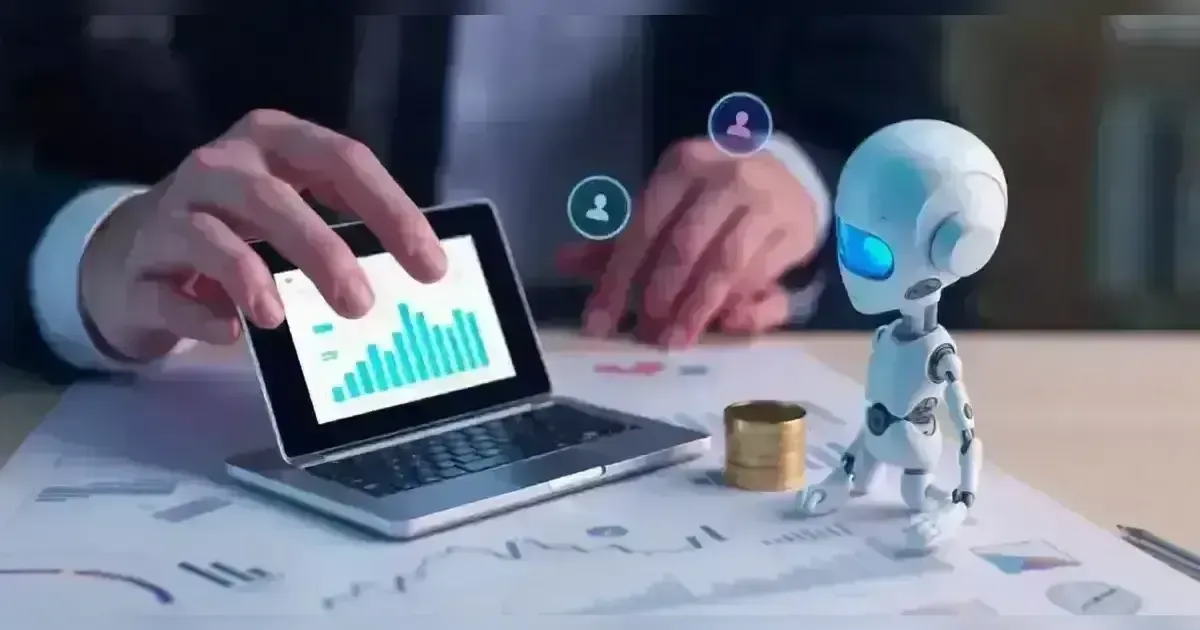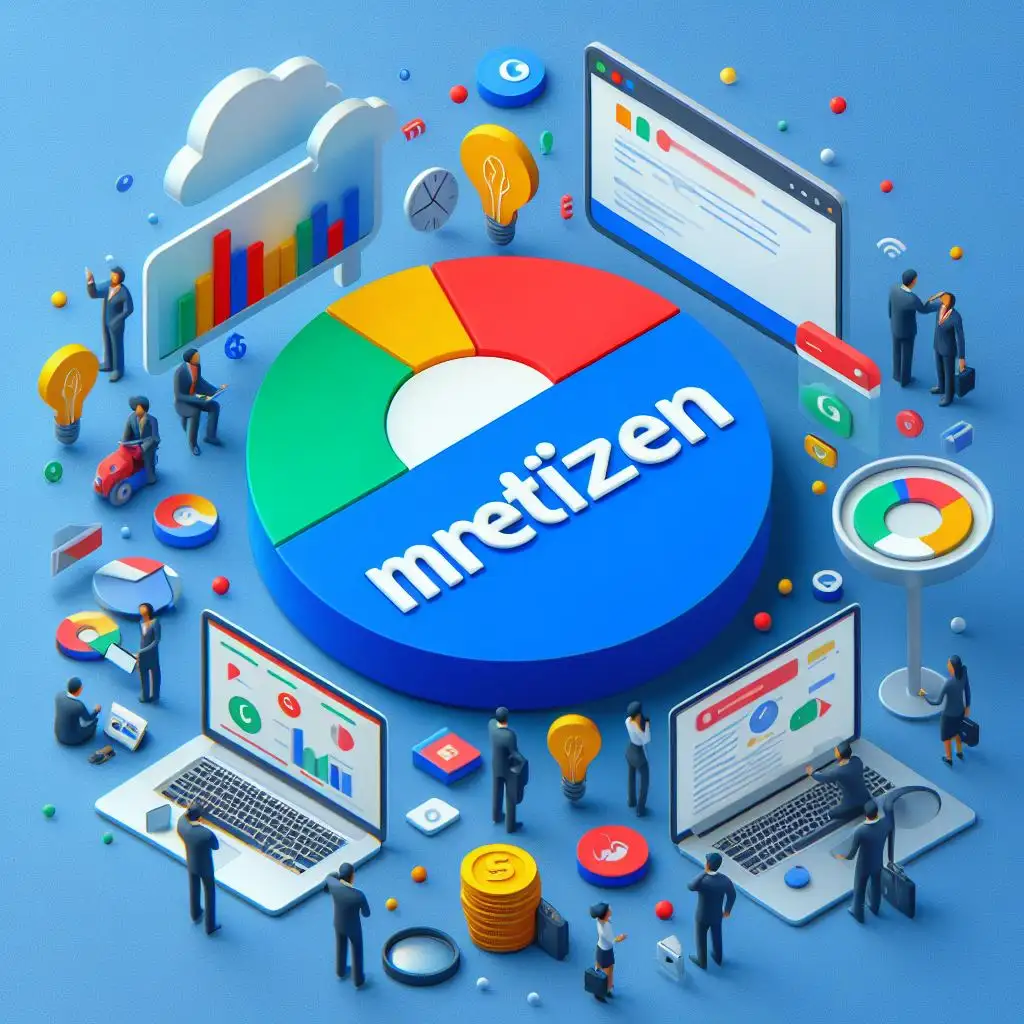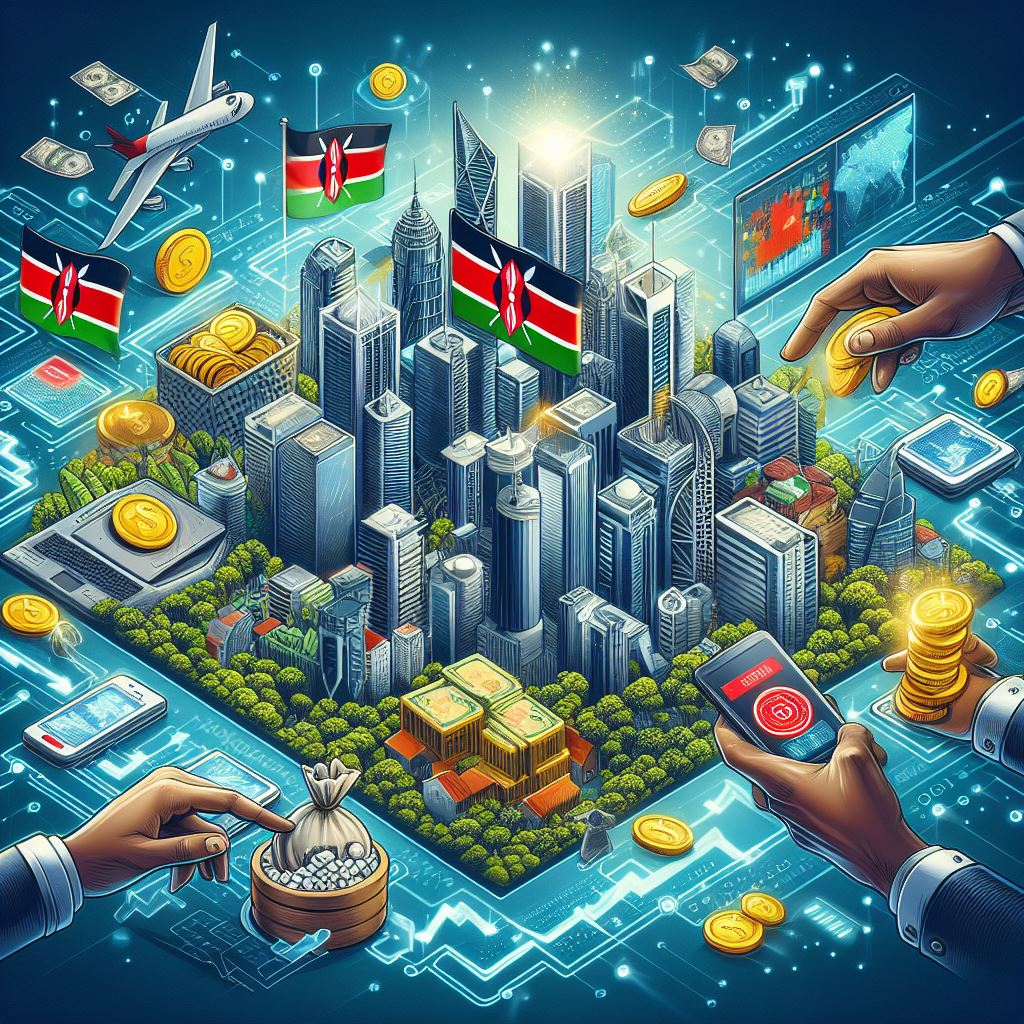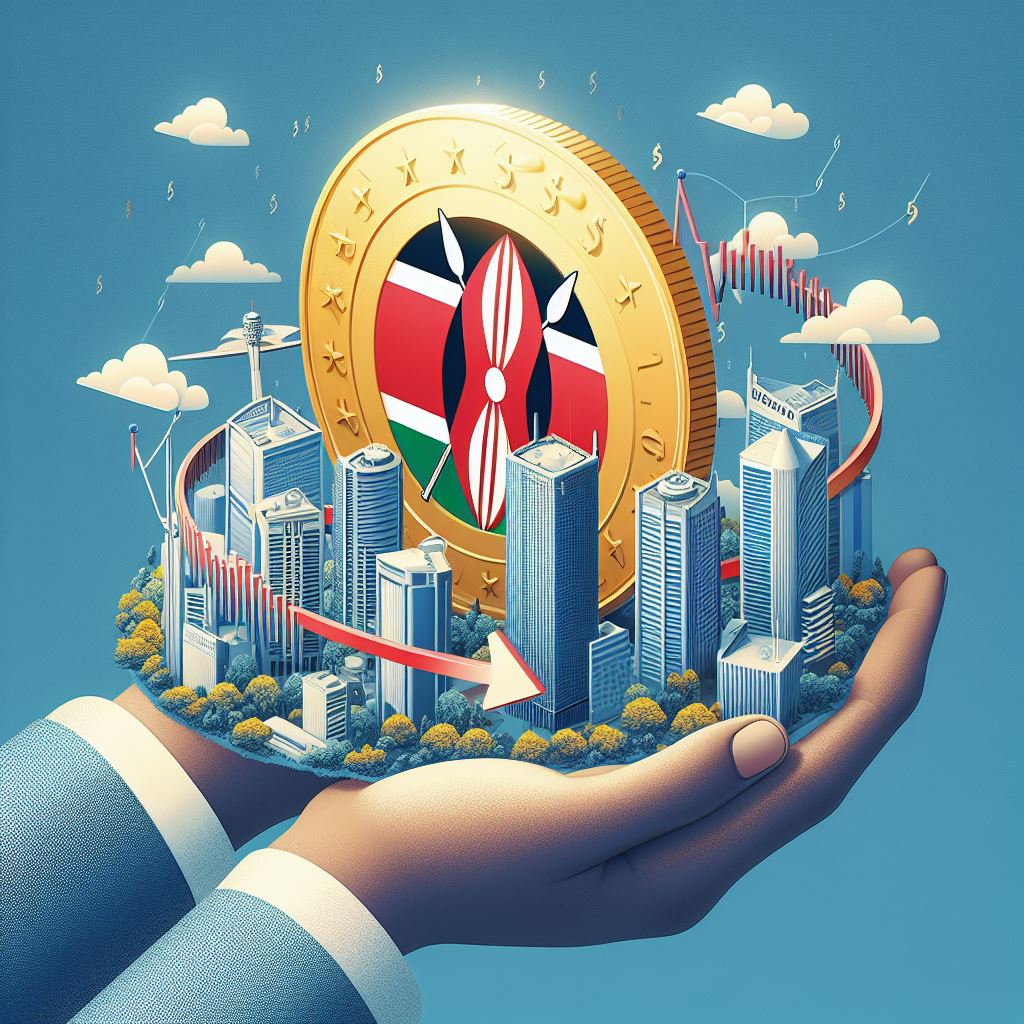Agri-Tech innovations, including precision farming, robotics, AI, IoT, blockchain, and biotechnology, are transforming agriculture to meet rising food demands sustainably. These technologies enhance efficiency, reduce resource use, and improve resilience to climate challenges. While adoption barriers exist, Agri-Tech’s potential to support food security and sustainable practices offers a promising future for global agriculture.
Agri-Tech Innovations: Transforming the Future of Farming
Introduction
With an increase in the number of people, comes the need to feed the world population that continues to expand. As global population becomes younger and exercises greater pressure on the agriculture sector, which must produce more food by 2050 to feed the 9.7 billion people the global population is expected to be later on in the year. Global warming, drought, decline in soil quality, and unpredictable weather patterns are another layer on it. The four mentioned demands can, however, not be met by traditional farming practices on their own. Fortunately, current advancements in agriculture technology or commonly known as Agri-Tech brings solutions to increase productivity, reduce waste and encourage sustainable practices. Covering everything from porous farming and robotics to artificial intelligence and blockchain, Agri-Tech is restructuring the manner in which modern food is produced, picked, and supplied, all with a guarantee of a new paradigm of food sufficiency.
Smart farming also known as precision agriculture means how farmers can improve their control with the vegetation and the livestock. Today’s farmers have numerous technologies/ tools like GPS, satellite images, drones and sensors to monitor/ control the condition of soil, health, moisture level, nutrients etc. These aspects allow supply of water, fertilizers and pesticides in parts per hectares instead of a whole hectare thus helping to conserve the environment as well as produce more.
For instance, soil sensors yield information on the nutrient status as well as moisture content of the soil to make direct assessment of the right quadrant, at the right time, for irrigation. Like any other modern farm tool, agricultural drones fitted with multispectral imagery give farmers the heads up on parts of the crop that may be unhealthy to the eye yet are stressed by diseases or lack optimal nutrients. Precision farming does not only make conserve resources but also achieves the objective of having low operational cost arose by large use of imputes.
Robotics and Automation: Enhancing Labor Efficiency
This remains an area that the industry renowned for traditional farming can barely overcome, mainly due to labour shortages in the developing countries where most farms are located and reduced populations in these farming areas. Robotics and automation technologies overcome this risk by decreasing on the use of manpower and at the same time enhancing productivity. Modern applications of robotics include planting, harvesting, weeding, and packing, where high productivity as well as cheap operational costs are attained.
A well-known example of such an application is the equipment for autonomous fieldwork, for example, an autonomous tractor for plowing, sowing, and harvesting. They use sensors and GPS to map fields and maneuver in the fields to ensure they pick the right product. Further, self-driving harvesters have been invented for tender crops such as strawberries and tomatoes so as to enhance on crop yield and to minimize losses due to bad harvester timing. High-tech robots that employ the use of artificial intelligence to identify and remove weeds without affecting crops are also widespread meaning reduced use of herbicides and improved soil health.
Although these technologies offer such benefits, their implementation requires enormous investments initially, beyond the reach of most smallholder farmers. Yet, as the costs of robotic technology come downhill, there is a great opportunity for increasing labour productivity in field crops and horticulture.
Artificial Intelligence and Machine Learning: Smarter Decision-Making
Artificial intelligence (AI) and Machine learning (ML) are nowadays a crucial part of modern Agri-Technology, where data analysis and, therefore, decision-making is vital. Such use of AI technology ensures that big data is processed for the production of insights on crop care, pest eradication and market data. In other cases, AI can alert farmers to the problems before they happen, for example, disease, weather, and markets.
For instance, AI-based pest identification instruments can study pictures of fields to identify pests so that farmers may intervene without waiting for the infestation to worsen. Other categories of machine learning involve prediction of past and future climate conditions that assist farmers in scheduling planting and harvest period. Other areas where predictive models are also being created include irrigation timing and schedules, crop status, crop yield, etc. to guide a farmer in terms of resources they need to allocate.
AI and ML can improve farming operations, yet, for the technology to function it needs access to huge volumes of data and connectivity, which is scarce in many rural contexts. However, it’s worth admitting that AI and ML can’t but become the drivers of change in the field of agriculture that will enable farmers to make more effective decisions based on large amounts of information available to them from different sources.
Internet of Things (IoT) in Agriculture: Connecting Farm Operations
The use of IoT devices is transforming the agricultural industry by availing various devices on the farm for the purpose of entering, sharing and processing information. Connectable sensors that are on animals, smart collars on cattle, and specific automated irrigation systems offer the farmers an opportunity to observe livestock, crops and weather patterns in real sense. It improves efficiency by reducing raw human efforts, eliminates need for most physical manipulations, and even offers information for improved decision making.
Precision livestock farming is a remarkable way through which IoT is applied in agriculture. Collar with a fitness tracker show health status, places, and activity; therefore farmers notice illness, or calving discomfort duration. In case of crop profiling, a local weather station IoT captures temperature, humidity, and wind speed and for soil profiling IoT capture moisture and nutrient status. An example of this is the information that is fed to the farmer’s Smart Phone or laptop so that he can monitor the farm and take corrective action instantaneously if necessary. A program of computerized watering based on the moisture of the soil might switch on or off as necessary and save water together with money.
Many advantages can be achieved when IoT is applied to agriculture. However, two major obstacles include connection and data security. The operation of IoT networks depends on the availability of strong Internet connection, while the massive data it produces has to be accurately stored and processed. However, IoT is an essential component of the future of smart farming that links operations and delivers valuable information regarding rising efficiency and adaptability.
Blockchain Technology: Preserving Communicability
Blockchain technology has recently come into focus for the sector where it can revolutionize the existing supply chain process and make it more transparent. I particularly appreciate the decentralization and immutability achieved by blockchain because it enables people to track different steps for delivery of food from farms to tables. It is especially helpful for organic, fairly-traded, or sustainably produced foods because millennial consumers want evidence of the products’ bona fides.
This evidential truth is possible through the application of block chain where the record of the crop cultivation, harvesting and distribution is recorded as being authentic. In this way, retailers and consumers have information to guarantee that products meet certain requirements. Further, through the implementation of block chain it becomes difficult for those in the supply chain to engage in fraud such as changing labels of products and other forms of malpractice. For instance, the blockchain-assisted organic produce are difficult to fake; consumers gain confidence, and farmers get added value.
That is why practitioners have only partially adopted blockchain: its integration into supply chains is challenging, and the cost of its implementation remains high. Nevertheless, as the technology develops, it has the potential of reconstructing the agricultural industry in a manner that creates trust and transparency to consumers and producers.
Vertical Farming and Controlled Environment Agriculture (CEA): Redefining Food ProductionVertical farming and controlled environment agriculture (CEA) are experimental techniques that can produce food in places that are normally considered as INFRA-suitable, including urban environments. Within vertical farms, crops are cultivated in different levels, layers with hydroponic, aeroponic, and aquaculture systems which takes little space and may lower water consumption up to 10[percent sign] that of conventional farming. CEA systems regulate aspects such as the temperature, humidity, and light, thus it is possible to produce all year round regardless of conditions outside.
Genetic Engineering and Biotechnology: Developing Resilient Crops
Genetic engineering and biotechnology are central in identifying plants with traits that help them overcome factors such as drought, pest and diseases. Currently GMOs have enabled development of crops that increase yields and do not require the use of chemical fertilizers. New technology as CRISPR lets researchers make targeted modifications of crop DNA, improving useful characteristics without using exogenous genes.
Using biotechnology, food plants may be created to be resistant to harsh environmental conditions like diseases and poor rainfall like disease-free corn or buggy-free cotton. They cut down the application of chemicals, which are a major cause of adverse effects on the use of agricultural land. Biotechnology also limits its application not only to crops but also to livestock; it can bring cattle to resist diseases and therefore control the use of antibiotics and improve animals health.
Despite controversies about using genetic engineering including ethical issues and environmental impacts caused by GMOs, the possibilities of using great precision for editing genes open a prospect of developing resistant crops. As the rules of the race change biotechnology can form the basis of climate smart agriculture where such rules are well developed.
Challenges and Future Directions
Although new technologies in Agri-Tech sector seems to be very promising, the use of these technologies has several barriers. The elements of high initial costs, fairly poor base structures, and restricted internet connectivity further fail to allow small-scale farmers to take advantage of the developments. However, there remains such issues as protecting the data, including proper handling and controlling the Genetic Engineering process and its moral implication as well as impacts of specific technologies such as the Vertical farming, on the environment.
The government, private businesses and agri-food organizations have important roles to follow in the use of Agri-Tech Innovations, Research grants, subsidies for small holders farmers and programs for enhancing the rural broadband connectivity are some among the imperative requirements for the practical usage of these innovations. More so, to avoid losing the whole value chain farmers, among other stakeholders must also be educated and trained to use the new technologies.
Conclusion
Many technological advancements are currently being implemented in the field of agriculture that will shortly increase production rates, make the process environmentally friendly, and strengthen fighting challenges like climate change or workforce deficit. Precision agriculture, robotics, artificial intelligence, and the internet of things, blockchain, and biotechnology industries are the top technologies defining the future of food production. It is clear that despite the risks current and future benefits of practicing Agri-Tech for sustainability and food security are real. If these innovations are adopted, it will be possible for agriculture to feed the increasing population and open the way to the future for everyone involved.


























